Réunion mon amour, part 2 of 2.
We spent a total of four days and three nights in Mafate. There are no roads, the area is only accessible on foot or by helicopter. The name comes from a wizard who used to live in the cirque, and whose speciality was killing people, using just a piece of the person's hair to enchant them. It's all up and down in there: we went down to the river twice, then right back up to the top again, just for the fun of it. It's usually the driest cirque, but we had clouds and rain, which is apparently pretty exceptional and worthy of a mention. Sometimes, the trail would disappear into the clouds, you would only be able to see up to the next turning, it was magical.
We met the old postman, who told us all about his job. Over his career, he had travelled 253 000 kilometres on foot through the cirque. He would receive the letters by helicopter on Mondays, then deliver them from Tuesday to Saturday before starting again the following week. We then met the new postman, who also has a bar where we had something to drink. There's a unique postal stamp from the centre of Mafate, so the guide offered to let us buy postcards and send a postcard to ourselves with the postal stamp on it. However, for the first time, he had an English girl in the group, and that made everything go haywire, as instead of everybody sending postcards to themselves, I convinced the others to write just their addresses on their cards, then give them all to me. I mixed them up and handed them out again, so we all sent a postcard to another person from the group, pulled out of a hat as it were, under strict secrecy. The others had all received their postcards by the end of the week, but living in Mayotte with a rather slow postal system, I still don't know who wrote mine.
On the second day, we stopped at lunchtime for a picnic at Trois Roches, a beautiful spot with a huge but rather deadly waterfall. Of all the animals we could possibly have seen, there were four wild cats there. They were so used to people throwing stones at them that they recoiled rather violently when we threw bits of food, then ran forward, picked up the food and ran off again at top speed. I was a bit fed up of being with the group at that point - not a very social person, I'm afraid - that I spent a disproportionate amount of time scribbling in my notebook and taking photos of the people in the group... and the cats, who struck some rather elegant poses for me.
On the third evening in Mafate, the guide took us to the one and only local snack-bar, which was a cross between restaurant, bar and nightclub. This is in the middle of a volcanic crater, with no roads for miles around, reachable only by a good couple of days' walking from either side. The place had lights, beer and blue strobe lighting. I couldn't believe it. In Mafate, everything is brought by helicopter. On that same evening, we ate Java deer at the hostel: this deer had been born and bred in the cirque, then winched up and helicoptered off to be slaughtered, making it the most expensive meat in France.
The day after the bar night, we made our way to the third and final cirque, Cilaos, through the Col du Taïbit, or Taïbit Pass. Up and down again, as always. It was strange, almost indecent, to see a road again after four days of dirt tracks and stone steps through the crater.
A long way down to the bus stop, it was. Lots of steps, and a trail that could easily have belonged in the south of England, with a canopy of trees above. Then, about a quarter of an hour's worth of bus drive brought us to the village of Cilaos, where there are about 5,000 inhabitants, the biggest town the group had seen so far. We had chicken and chips at a snack-bar next to a lake with four fountains representing the three cirques and the famous Fournaise volcano, which we would be clambering about on later in the week. Then, the guide let us off for a free afternoon in the town. Time to buy tissues, chocolate, souvenirs, whatever. I headed off full tilt towards what turned out to be the wrong direction, but the idea was to get rid of the group for a couple of hours. We knew that the next couple of days would be hard, so we made the most of our time in Cilaos to relax and take photos.
The next day, we started the climb up to the Indian Ocean's highest summit: the Piton des Neiges, at 3070.5 metres high. We went up five thousand steps in the rain, stopping half-way up in the only shelter there was to eat a sandwich and try to keep warm. The spitting rain gave us a beautiful panorama of Cilaos under a rainbow, which was a first for the guide who had been walking this circuit for the past three and a half years.
When we arrived near the top of the day's climb, there was a crest which needed crossing. All of a sudden, a cold wind whipped all the rain into our faces. Grimacing and complaining, we put our anoraks on, covered up our backpacks and started down the other side of the crest towards the hostel, carefully putting our feet into as many puddles as possible along the way. It was the most basic hostel we had been in so far - a big common room with eighty people inside doing their best to warm themselves up, and three-storey bedrooms around the sides, no hot water and little cold water for that matter - but we were cold and unhappy. I've never been so pleased to arrive somewhere. We ate at half past six, then straight to bed: there was an early start the next morning.
Said early start was at 3.15 a.m., as we wanted to see the sunrise from the top of the volcano. I woke everybody up by playing Bach on the recorder - yep, took the recorder to Reunion Island and brought it up the mountain - which made them laugh, then we had a quick breakfast, strapped on our miner's lamps and set off up the volcano. Everybody else had had the same idea, so there soon formed a trail of fifty or so lamps bobbing behind us. Our guide didn't feel like taking the traditional route up the mountain and turned off onto a shortcut of his own devising, asking us to please stick together otherwise we could easily get lost in the dark. It was a very stony route, with loose terrain halfway up, very tiring as for every two steps forward, we slid one step back. The top of the mountain seemed a long way off, but walking in the dark with just a lamp on my forehead was so interesting and exciting, I didn't notice the distance and could have done that all day. When we got to the top of the volcano, we were so pleased to have got there - and before sunrise, at that - that we jumped up and down and hugged each other. As much to keep warm as anything else, I must admit, but we were very proud to have reached the top.
The sun came up, we jumped some more, persuaded a few other people to take group photos of us and admired the view. Then, muttering to each other about the cold (there was ice up there!), we set off back down to the hostel, where we had a second breakfast and set off again back down to Cilaos... down the five thousand steps, but it wasn't raining this time. Hard on the knees though. I'm not doing that again in a hurry.
On the last day of the trek, we took the bus to the most famous volcano in the Indian ocean: the Piton de la Fournaise. The bus let us off at the foot of the volcano - 2631m high in total - and we started along the trail. Stick to the white dots, said the guide, then we'll see. We set off, down the initial steps - 569 of the things, by which time I was seriously fed up of steps of all sorts - and across four kilometres of hardened lava flow. Irregular underfoot, but relatively flat, and a very abrasive coating which stayed dry even in the rain... and messed up the soles of your shoes, but that's a different story. There were different types of lava flow, depending on whether the air had stayed in the molten lava or been squished out, it was very interesting. We stopped about an hour's walk from the top, and our guide explained that we were going to take a shortcut up the north side of the volcano rather than following the track round to the south side like everyone else, and could we please stick together. The second part was much harder work than the first, as the guide's shortcut was almost vertical at times, but we saved an hour's walking and managed to lower ourselves partly into the crater. This particular crater, known as the Bory crater, was very recent, and a 300-metre drop into gravel and stones. There were several cracks of different sizes on the platform we were on as well as all over the volcano as a whole. It's still an active volcano, as its last eruption was in June. The magmatic chamber underneath is still full, so it is expected to blow again - and properly, this time - before the end of the year. One girl lay down on the warm stone and asked for a minute of silence, which was granted by the group, so we all lay down and felt pleased to be on the top of the volcano. When the minute finished, we had something to eat, opened a bottle of wine which the guide had brought up, took a couple of group photos using the camera's delay system and set off down the volcano once more.
Overall, I enjoyed my stay in Reunion Island very much. I liked the independance of driving round the island in a rental car, and I'm extremely proud of having hiked 80 kilometres up and down three craters and two volcanoes, one of which at four in the morning. It's only a small island in the middle of nowhere, nothing like saying you've hiked around Nepal or wherever, but I'm still proud of it.
During this holiday, I used all five of a car's gears for the first time in a long while, discussed Nietzschean craziness, Hegelian phenomenology and Kantian definitions down by a river in the middle of nowhere surrounded by wild cats, played - and won! - at table football against a girl from Marseille, also in the middle of nowhere, turned into a temporary plumber in a hostel at the bottom of a cirque, walked through a cloud from top to bottom on my way down a volcano, ate the most expensive meat in France, sang silly songs with a huge mountain and a rather steep drop on either side, and played the recorder at three in the morning halfway up the highest summit this side of the Indian Ocean.
Now, I just have to sort out the knee sprain, the general tiredness and the myriad cuts and bruises I seem to have accumulated. But that's par for the course: most people's strongest memory of Reunion Island is muscle aches.


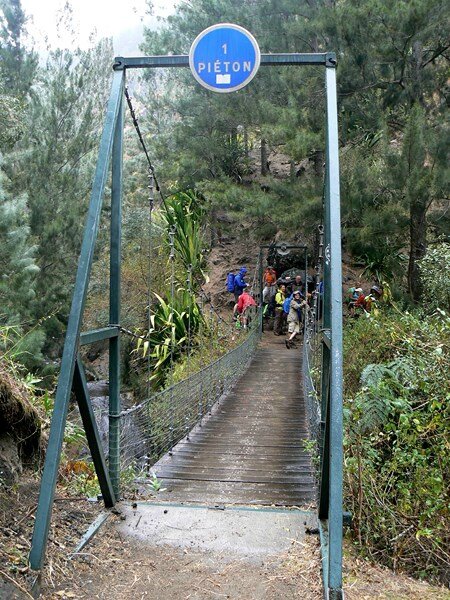


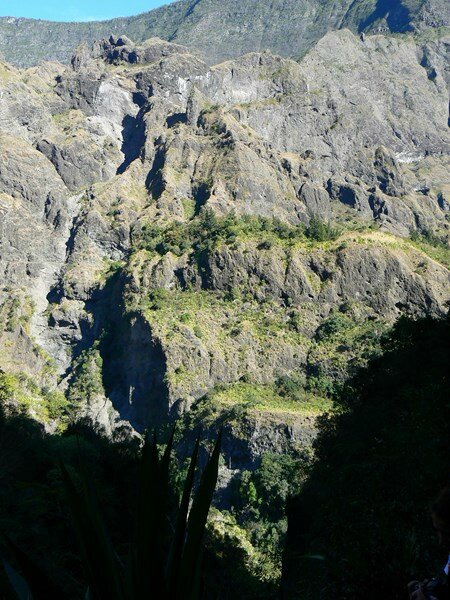



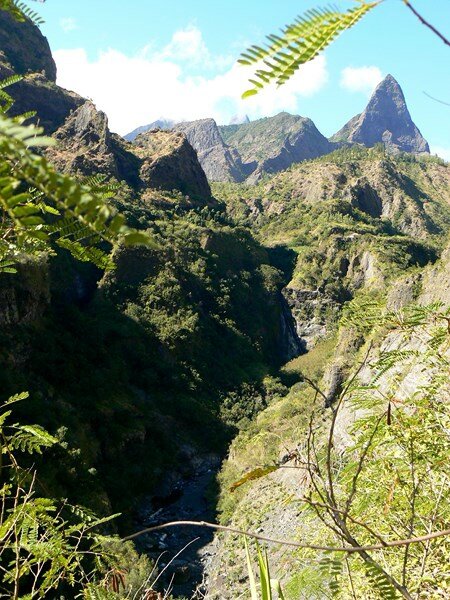
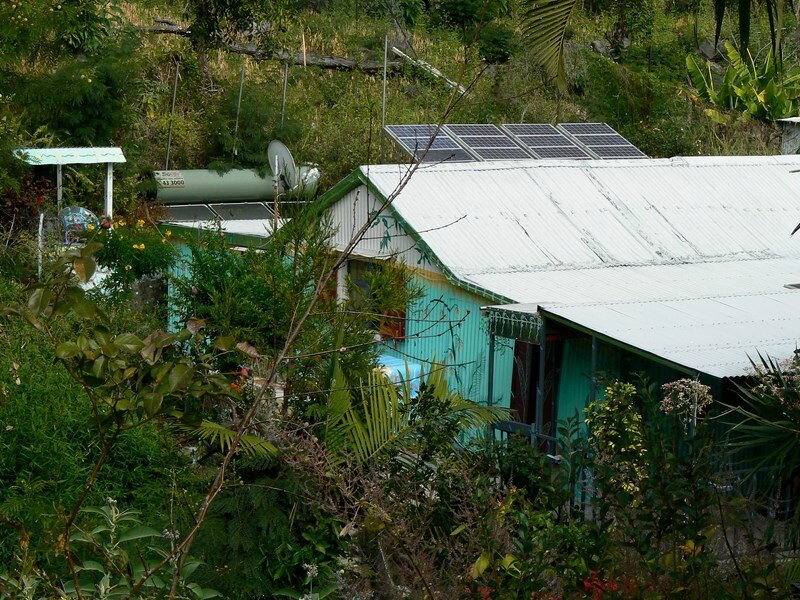
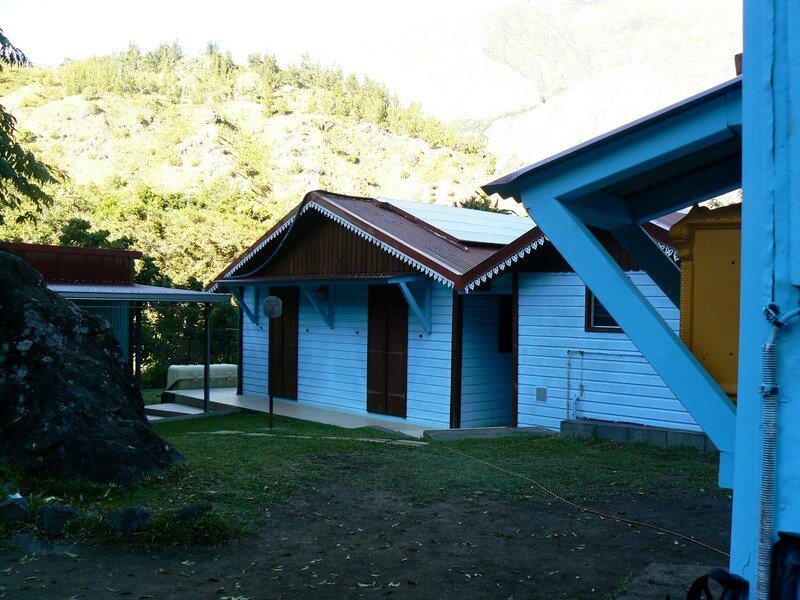









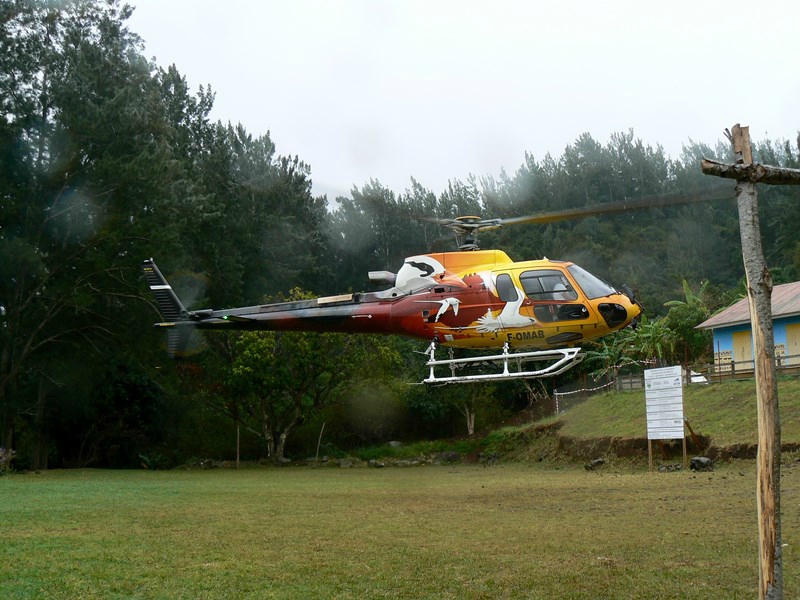

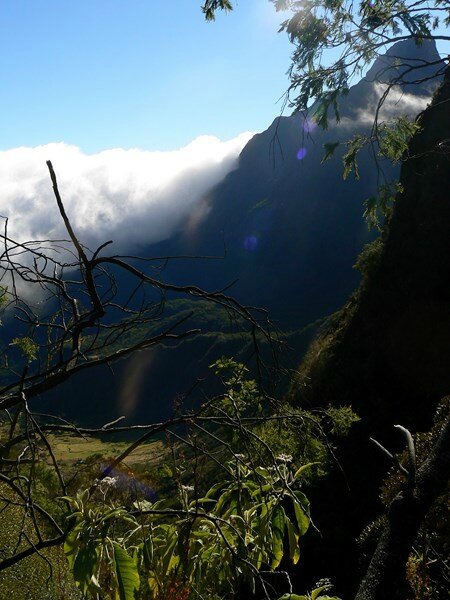






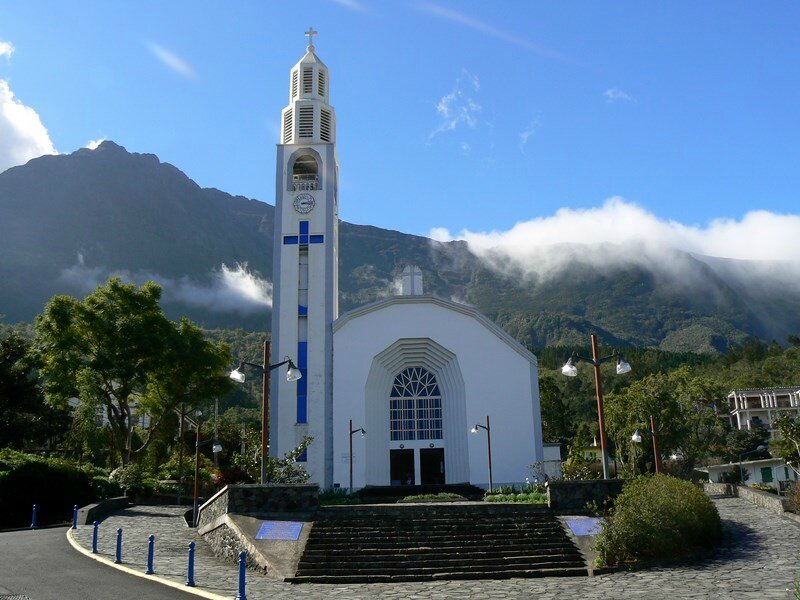
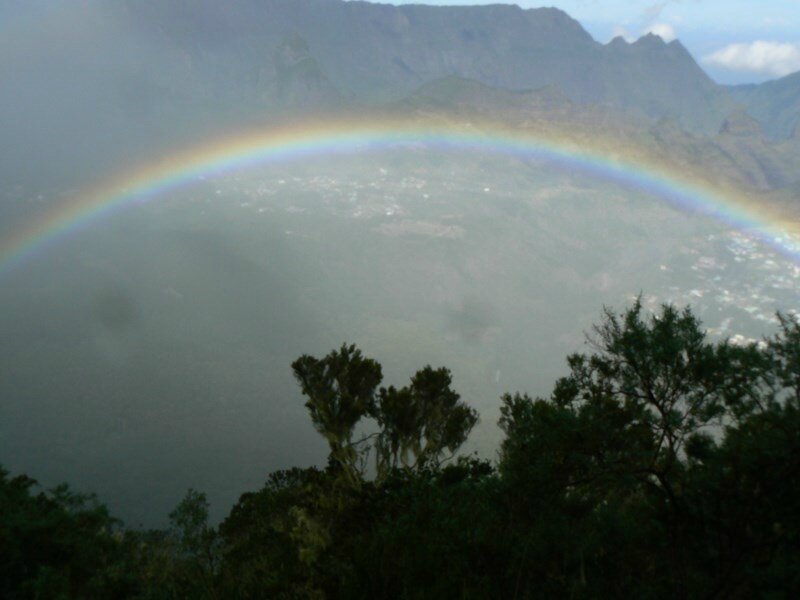







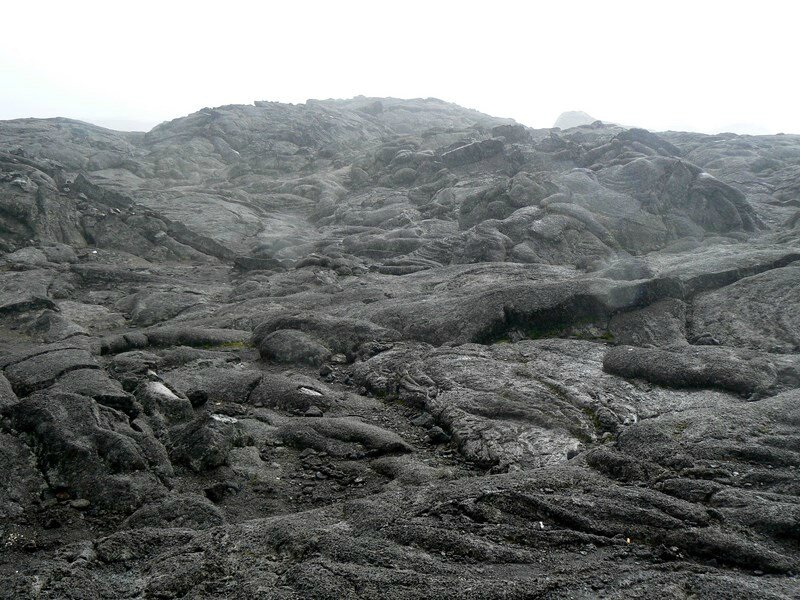



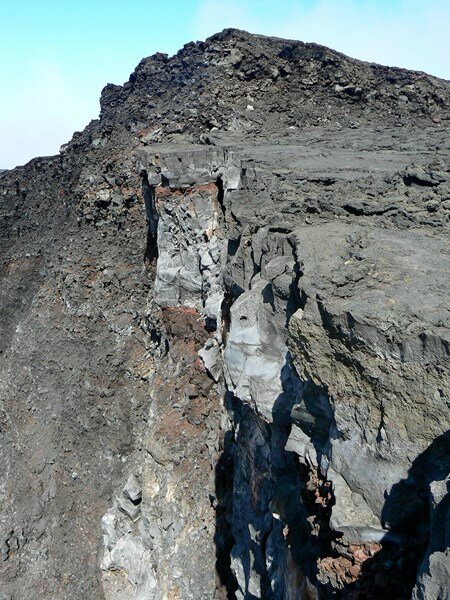






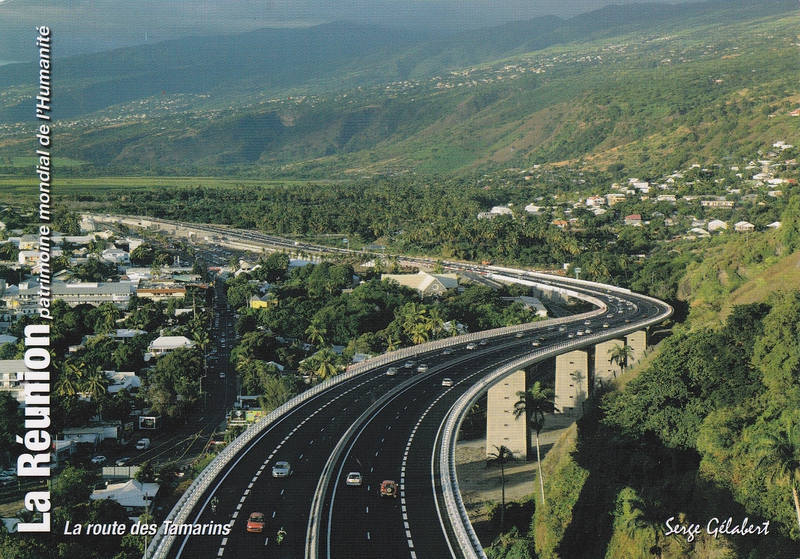



/http%3A%2F%2Fstorage.canalblog.com%2F46%2F39%2F886305%2F105228464_o.jpg)
/http%3A%2F%2Fstorage.canalblog.com%2F29%2F20%2F886305%2F104372181_o.png)
/http%3A%2F%2Fstorage.canalblog.com%2F43%2F08%2F886305%2F100957403_o.jpg)
/http%3A%2F%2Fstorage.canalblog.com%2F67%2F82%2F886305%2F99778585_o.jpg)
/https%3A%2F%2Fstorage.canalblog.com%2F34%2F27%2F886305%2F69902683_o.jpg)
/https%3A%2F%2Fstorage.canalblog.com%2F60%2F68%2F886305%2F69902677_o.jpg)
/https%3A%2F%2Fstorage.canalblog.com%2F88%2F49%2F886305%2F69902659_o.jpg)
/https%3A%2F%2Fstorage.canalblog.com%2F98%2F60%2F886305%2F69896713_o.jpg)
/https%3A%2F%2Fstorage.canalblog.com%2F53%2F34%2F886305%2F69883693_o.jpg)